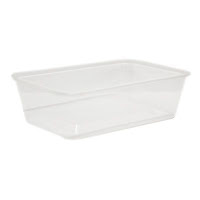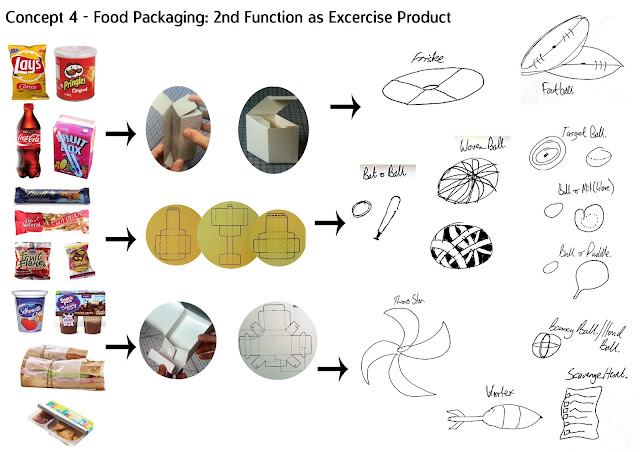Social Issue: Childhood Obesity, Healthy Food Choices
"Milk is an excellent source of
nutrition, and with so many other beverage choices available in school
cafeterias, kids need a fun, educational reason to choose milk,"
Source: Erin Reynolds, marketing
director for Evergreen Packaging
Natural bio milk is one of the best
sources of the vital nutrients that help maintain our body strong and healthy.
Milk contains the ideal mix of essential nutrients: proteins, lipids, calcium,
vitamins A, B6, biotin and potassium. This helps to prevent diseases such as
osteoporosis and keep all the body (nails, hair, skin, bones and muscles)
healthy.
Source:
The Design must be tamper-evident and
tamper-resistant
Materials/Manufacture
Milk cartons are constructed
from polyethylene-coated liquid packaging board
Paperboard can be waxed or
coated with polyethylene to
form a moisture barrier. This may serve to contain a liquid product or keep a
powder dry.
source:http://www.recyclecartons.com/why-juice-box-milk-carton-recycling-matter/
Manufacture
Applications
Source: http://en.wikipedia.org/wiki/Liquid_packaging_board
References:
- Paulapuro, Hannu (2000). "2". Paper and Board Grades. Papermaking Science and Technology 18. Finland: Fapet OY. pp. 62–64. ISBN 952-5216-18-7
- ^ a b Savolainen, Antti (1998). "6". Paper and Paperboard Converting. Papermaking Science and Technology 12. Finland: Fapet OY. pp. 169–170. ISBN 952-5216-12-8
This is link to some great information about milk packaging and how it's manufactured:
http://www.enotes.com/milk-carton-reference/milk-carton
Here is a YouTube Video explaining the process of: How Milk Cartons are Manufactured:
http://www.youtube.com/watch?v=jNbKIc8tD5I
Manufacture
Applications
Here is a YouTube Video explaining the process of: How Milk Cartons are Manufactured:
http://www.youtube.com/watch?v=jNbKIc8tD5I
Environmental Information
Refrigerated cartons contain approx 80%
paper and 20% polyethylene.
Majority of packaging is made from trees
a renewable resource.
By producing sustainable and carbon
smart products made mainly from a renewable resource; consumers can wisely
select cartons as one of the best package choices to meet their food and
environmental needs.
·
Cartons
are mainly made from paper. The paper in our cartons comes from growing forests
where trees are replaced by new ones and biodiversity is maintained. None of
the resources used in our cartons come from old growth trees or rainforests.
·
Cartons
are light-weight and have a great product to package ratio. If you choose a
product in a carton, you are taking home an average of 94% product and only 6%
package.
·
Products
packaged in cartons are transportation efficient. In general, the same amount
of product can be shipped in fewer trucks. Fewer trucks = less fuel = less
green house gas emissions.
·
Big or
small, recycle them all! Cartons are recyclable, where collection and
facilities exist.
source:http://www.recyclecartons.com/why-juice-box-milk-carton-recycling-matter/
Here is a YouTube Video explaining the process of: How Milk Cartons are Recycled:
http://www.youtube.com/watch?v=vaU6AV3fsOM































